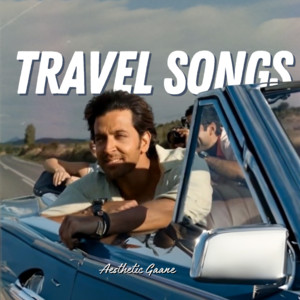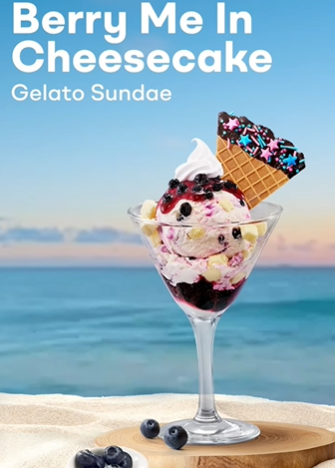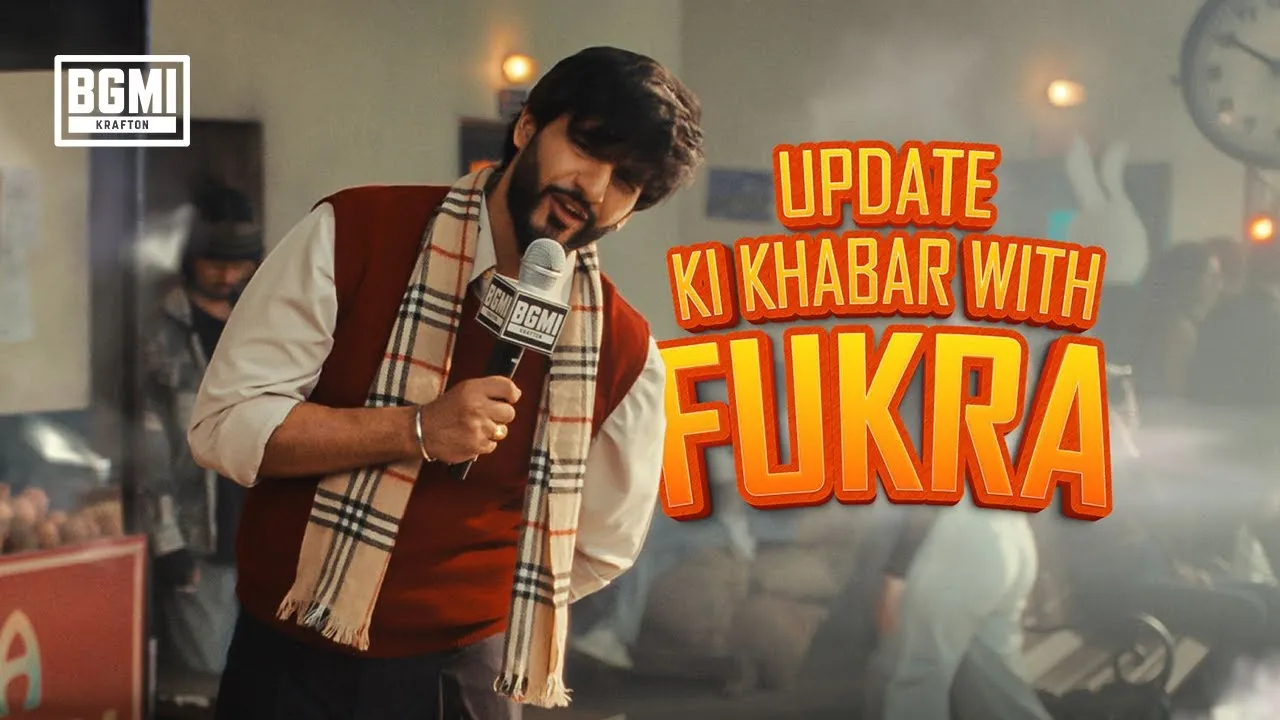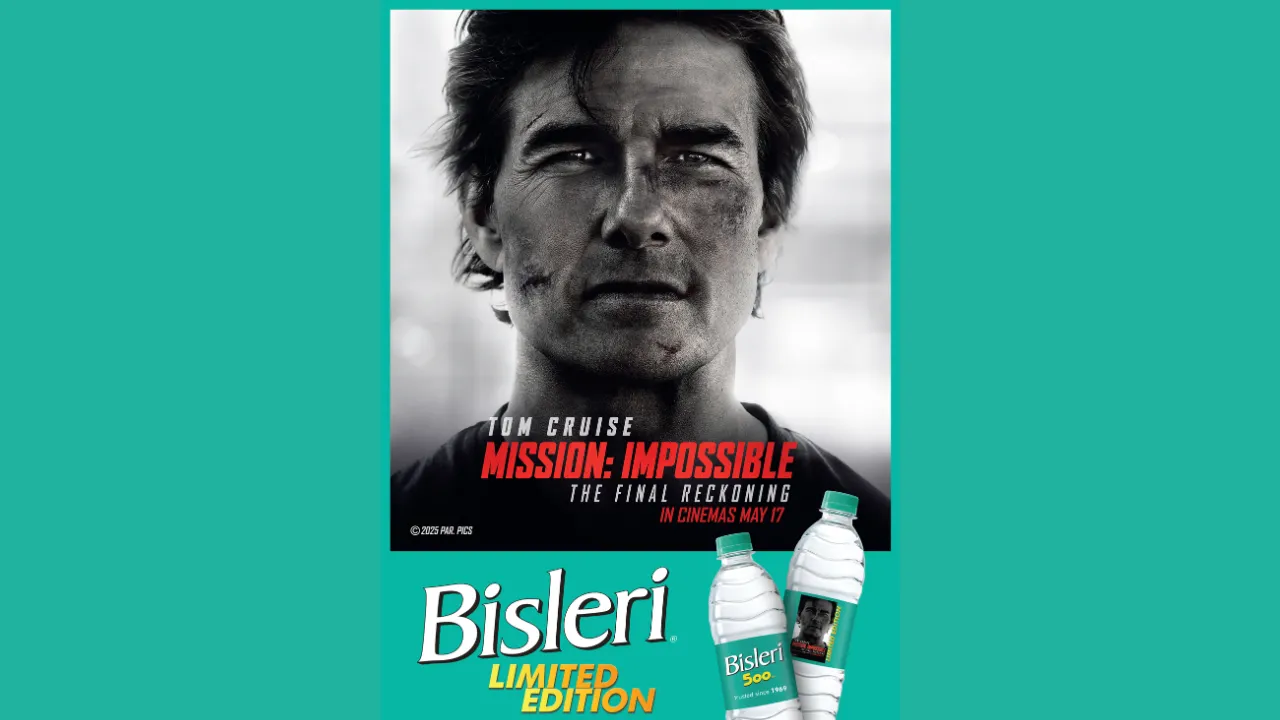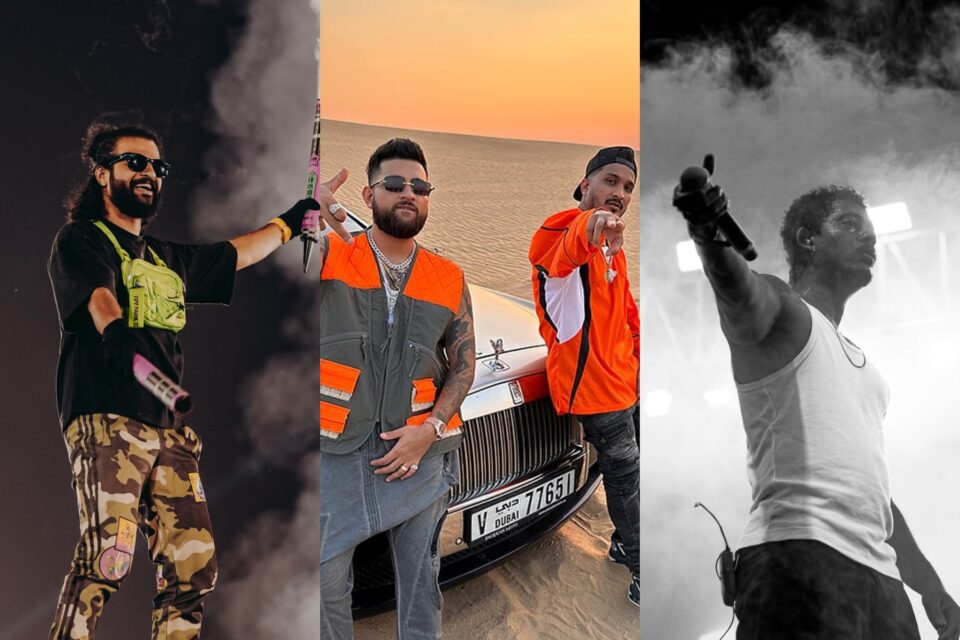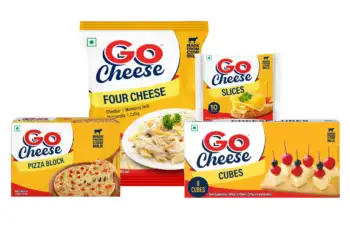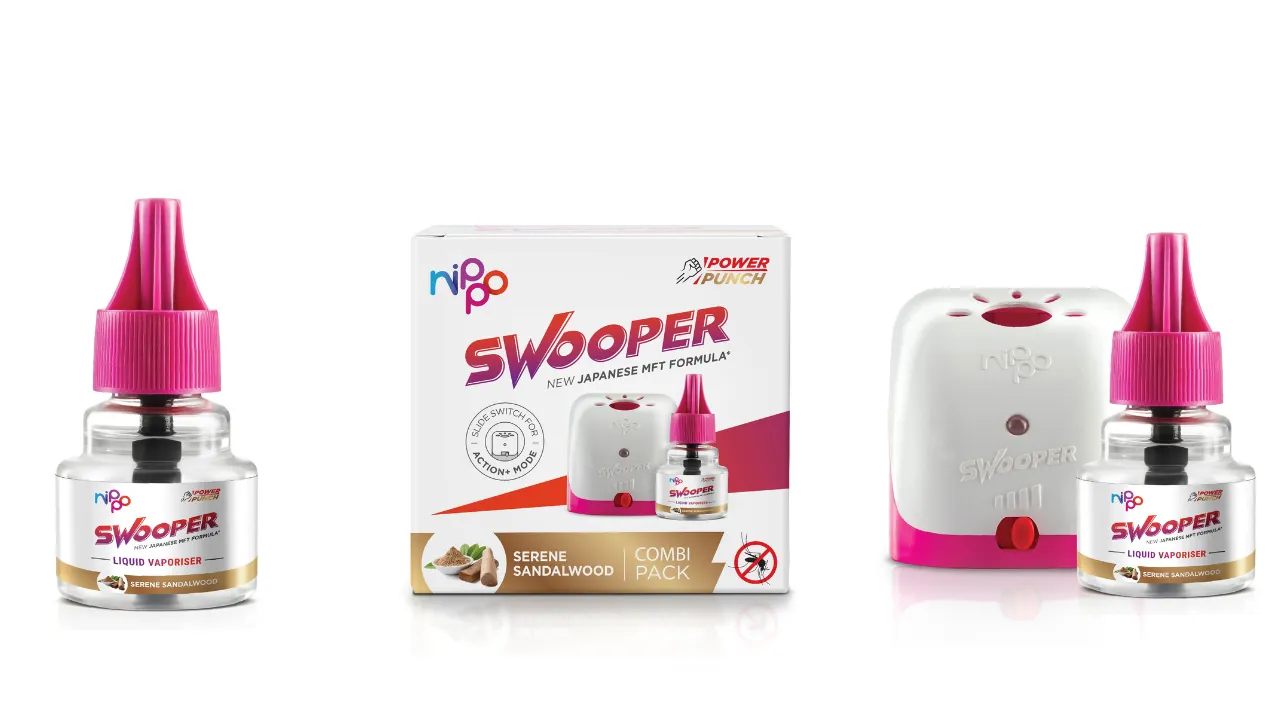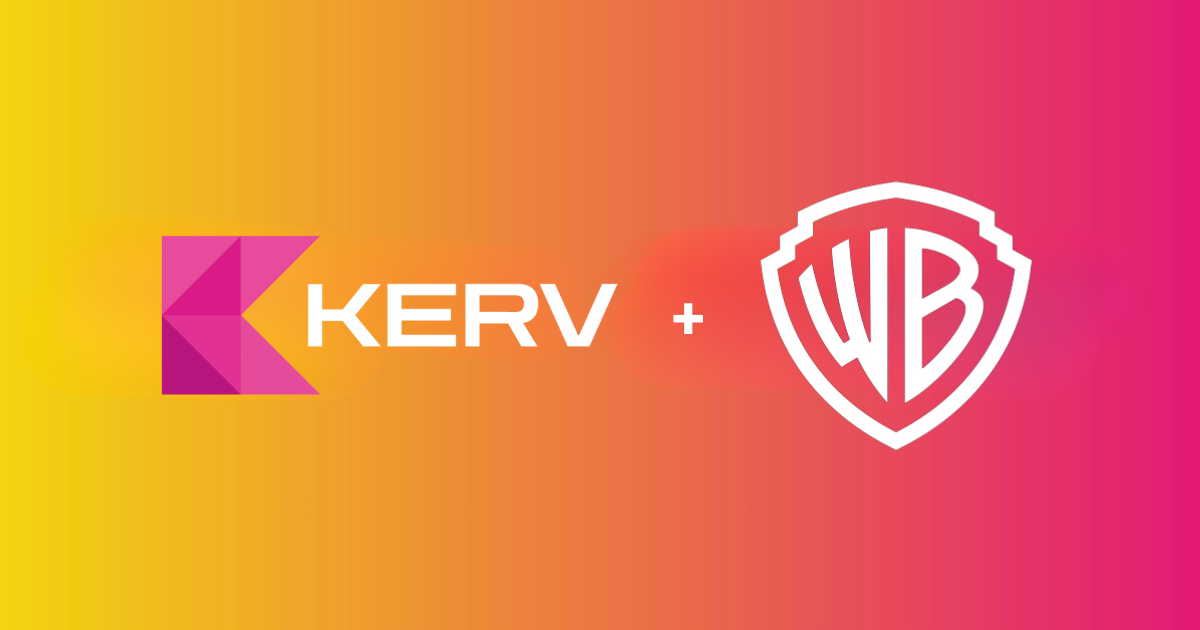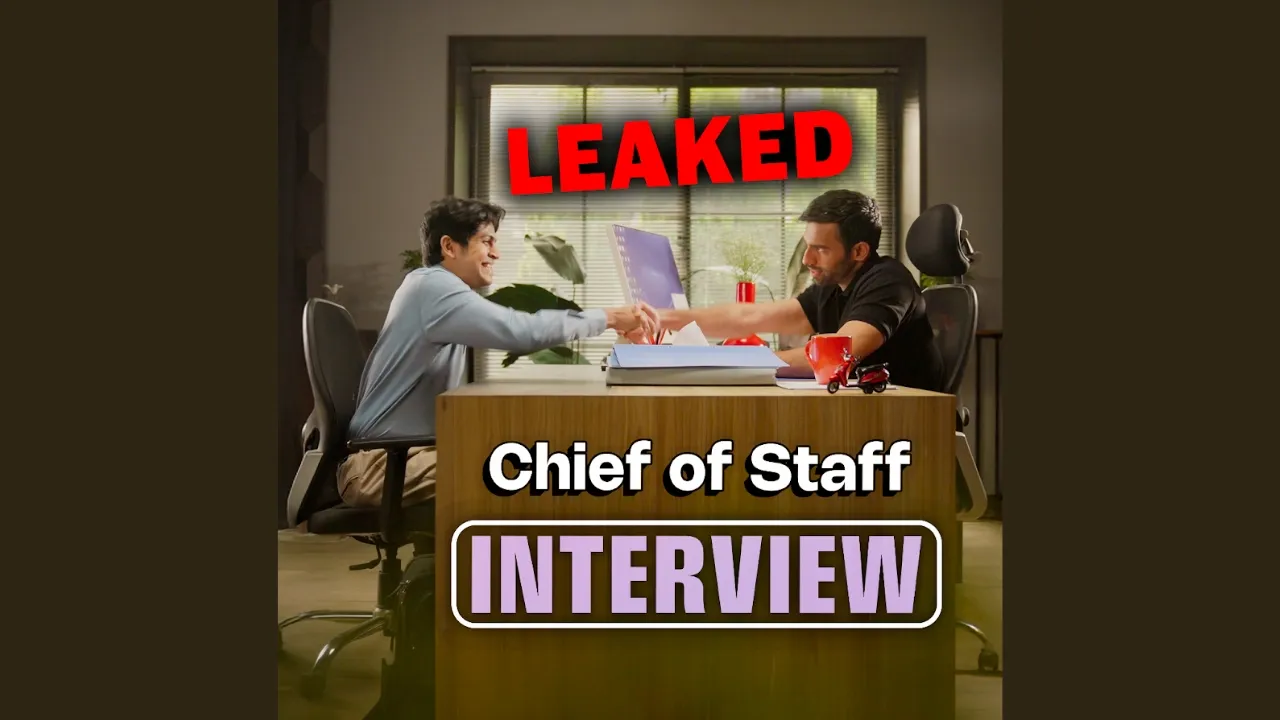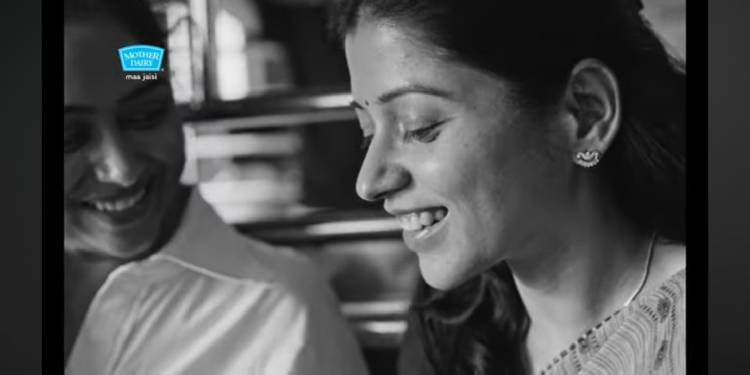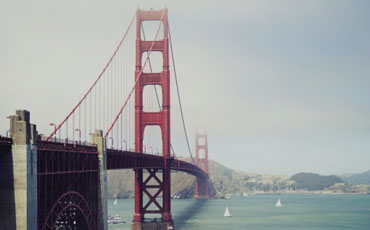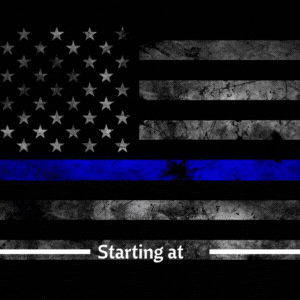Ten years ago, planning a vacation was practically a ritual. It often began with a designated block of time: sitting down with a Lonely Planet guide, scrolling through curated travel blogs, perhaps even calling up a travel agent for expert input. The process was structured, often methodical—and typically, it started with a clear intent: “I want to go somewhere.”
Today, that structure is gone. Travel inspiration no longer starts with a search—it starts with a song, a story, a snack, or a sound. You could be commuting home, making dinner, or winding down with a podcast—and in that moment, something clicks. A fleeting idea becomes a mental note. A memory becomes a plan.
The modern travel discovery journey is no longer linear. It’s fluid, serendipitous, and deeply personal. A lo-fi beat on Spotify might remind someone of driving through Himachal. A podcast about Thai street food might ignite a desire to walk Bangkok’s vibrant night markets. A romantic ballad might spark honeymoon dreams in Goa. These are micro-moments of inspiration—subtle, emotional triggers that begin long before a single Google search is made.
Travel brands that thrive today understand this transformation. They’re not just advertising destinations—they’re becoming part of people’s everyday content experiences. They’re weaving themselves into the fabric of music, audio stories, and emotional rhythms. They’re present not when someone is ready to travel, but when someone first feels the desire to.
Rule 1: Reach Travellers Before They Search
By the time someone types “best places to visit in June 2025” into Google, their decision is already halfway made. Their imagination has already been sparked—by media they’ve consumed days, weeks, or even months before.
The smartest travel brands are showing up before intent is expressed. They’re inserting themselves into playlists, sponsoring thematic shows, and aligning with moods and moments that inspire wanderlust.
An example? One of Asia’s top online travel platforms launched an innovative campaign on Spotify by sponsoring Safar Mix, a top travel playlist in India. They used Audio Everywhere ads—which reach users across mobile, desktop, smart speakers, and more—to ensure consistent brand presence.
The results?
0.45% clickthrough rate (beating benchmarks)
27-point lift in ad recall
21-point lift in message association
These aren’t just good metrics. They’re proof that travel marketing works best when it meets people in their inspiration phase.
Rule 2: Speak to Emotions, Not Just Demographics
Traditional advertising relies heavily on demographics: age, income, marital status. These filters help target ads—but they miss the why behind travel.
People don’t book trips because they’re 35 and earn 10L per year. They travel to reconnect, to escape, to celebrate, to heal, to dream.
A recent EY-Economic Times report on The Great Indian Traveller underscores this. Indian travellers today prefer spending on experiences over assets. They’re looking for soul-enriching journeys—not just photo-ops.
Spotify gives brands an edge here. Through listening habits, it offers nuanced audience insights rooted in emotional context. Data from GWI’s 2024 Travel Trends report found:
50% of travel users identify as adventurers
68% enjoy road trips
62% love beach or resort vacations
That’s emotional data. That’s actionable inspiration.
One luxury hotel chain tapped into this beautifully. Instead of pushing offers or locations, they celebrated love and romance through music. They produced three original romantic tracks and delivered them as tailored audio and video ads on Spotify.
The campaign results?
6.2 million unique users reached
0.53% clickthrough rate
8-point lift in unaided brand awareness
By speaking to feelings, not filters, they made a real connection.
Rule 3: Stand Out in an Age of Visual Saturation
The modern traveler is bombarded with imagery: infinity pools, palm trees, mountaintops—all stylized, all starting to look the same.
Visual fatigue is real. But where the eyes tire, sound still inspires. Unlike images, sound bypasses the brain’s visual filters, accessing emotion and memory directly.
Enter sonic branding—a powerful differentiator in today’s oversaturated travel space.
Air India leaned into this with their campaign India Takes Flight. The brand’s anthem—created by Shankar Mahadevan, Taufiq Qureshi, and Prasoon Joshi—was designed to evoke pride, motion, and the idea of rising together.
They partnered with Spotify for the rollout:
Used Audio Headliner for an impactful 24-hour launch
Followed with Audio Everywhere and Display ads
Targeted listeners interested in travel, culture, and the outdoors
Results:
38-point uplift in ad recall
19-point lift in anthem awareness
1% clickthrough rate—far exceeding platform benchmarks
In a world full of visual sameness, sound gave the brand a powerful signature.
Rule 4: Create Immersive, Multi-Sensory Experiences
Travel isn’t just seen—it’s felt. The sizzle of a street-side dosa, the crash of ocean waves, the smell of fresh chai—all contribute to memory.
But most travel ads only speak to one sense: sight. That’s a missed opportunity.
When MakeMyTrip launched a campaign to promote seasonal travel offers, they used immersive sound design—from chirping birds to sea breezes—to transport users straight into vacation mode.
Spotify’s audio ads were combined with display creatives to offer a complete sensory nudge.
The campaign results?
4.8 million unique users reached
0.31% clickthrough rate—well above benchmarks
By mirroring the multi-sensory nature of travel, the brand created a marketing experience that felt like a vacation.
The Road Ahead
With 24 million Spotify users having vacationed in the last 3-6 months, and 7 million having purchased airline tickets online, the platform has become an invaluable space for high-intent, emotionally-driven travel audiences.
Travel marketing in 2025 isn’t about being seen—it’s about being felt. The brands that win will be those that inspire through emotion, stand out through sound, and stay present through the everyday rhythms of life.
Because the journey now begins with a vibe, not a visa.
Video:
Author: Janvi Joshi
